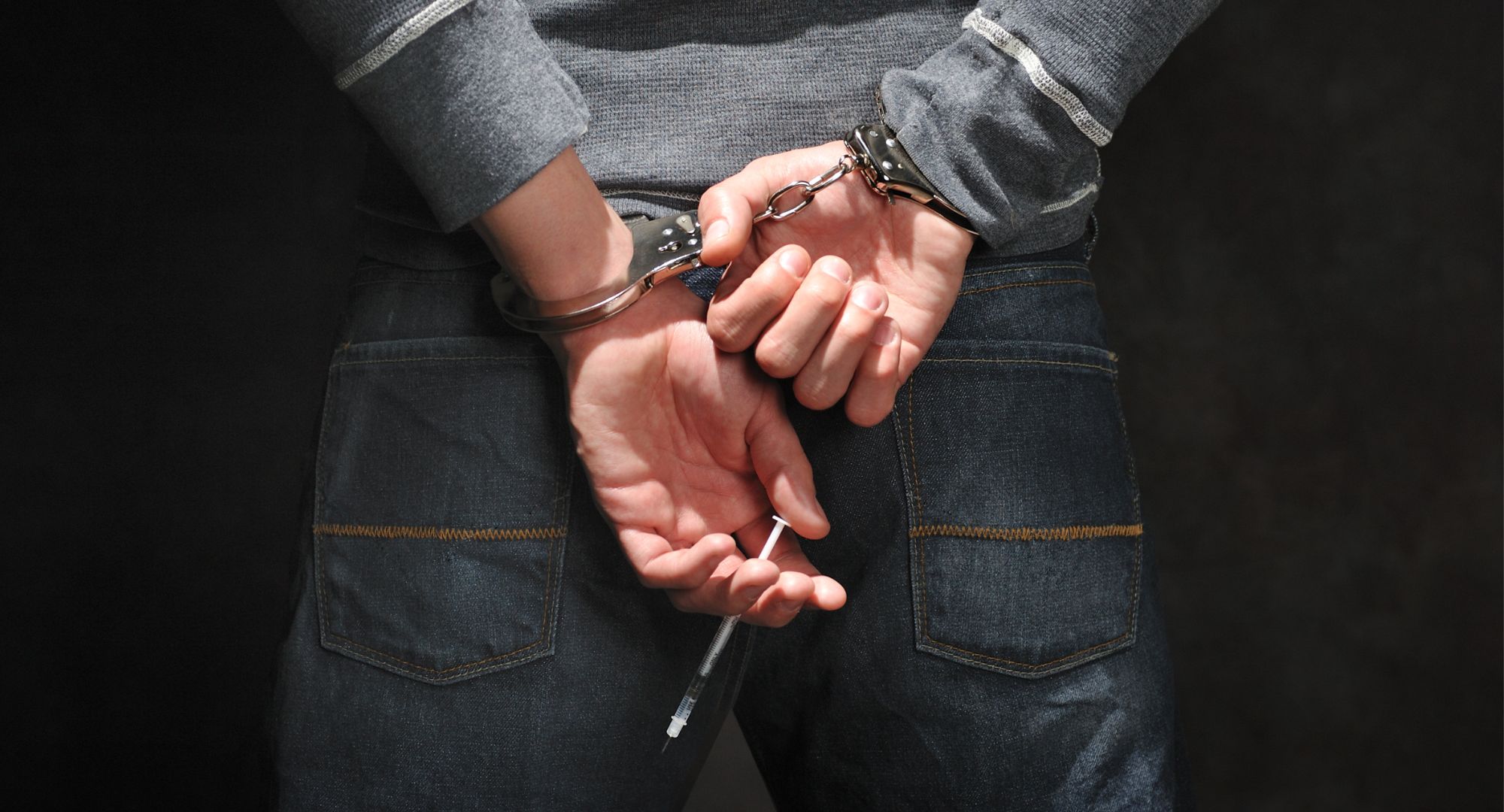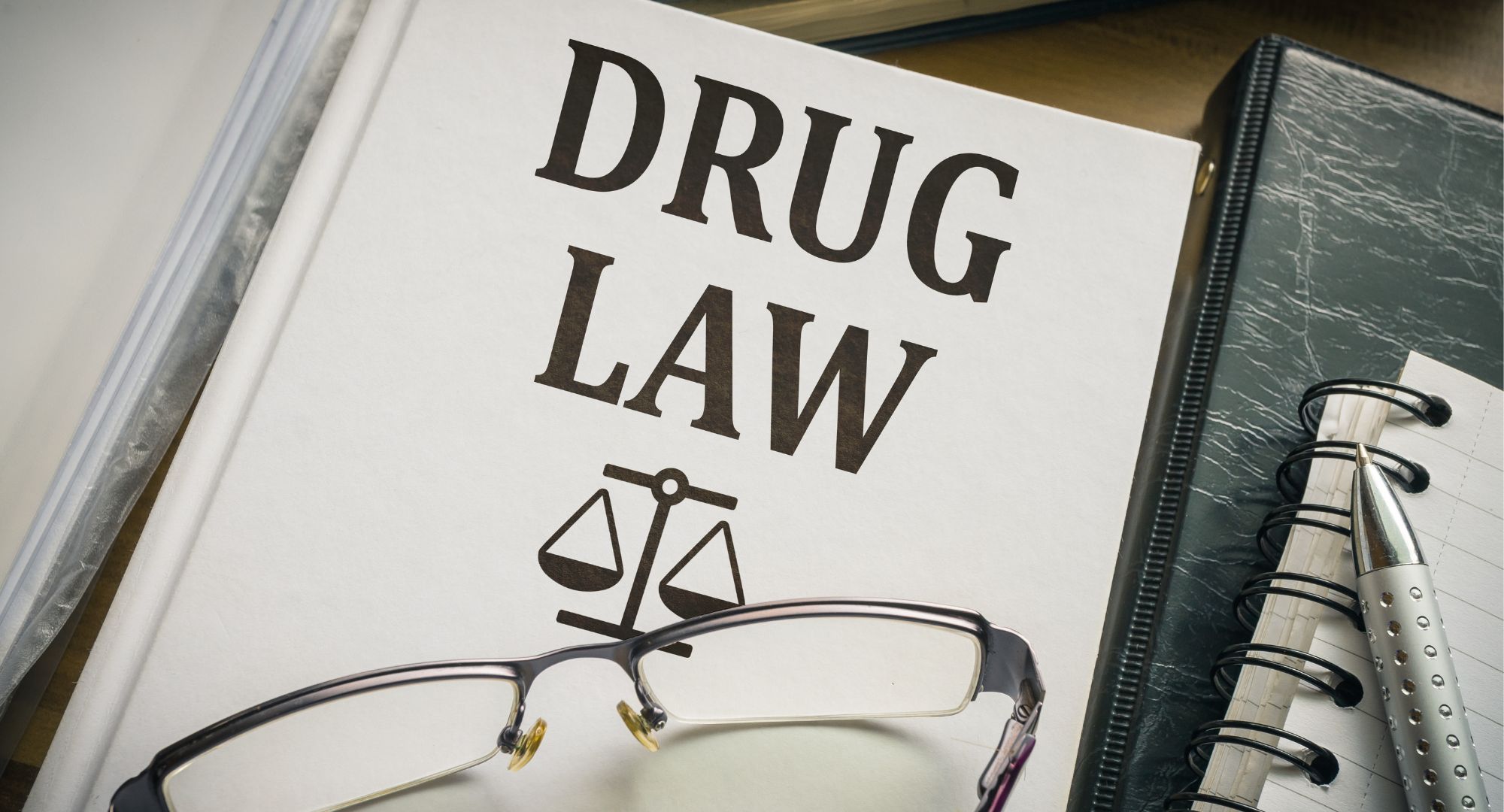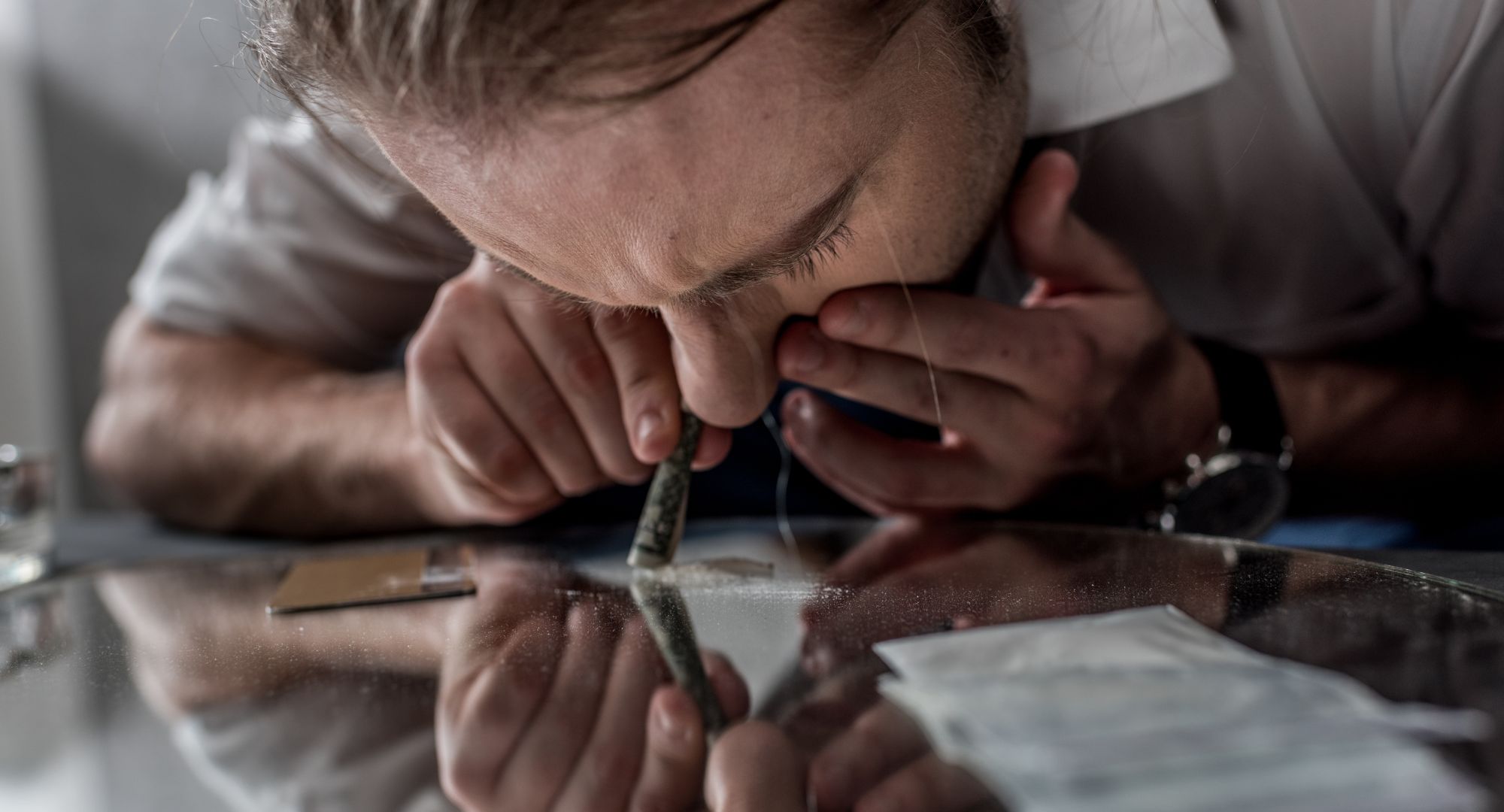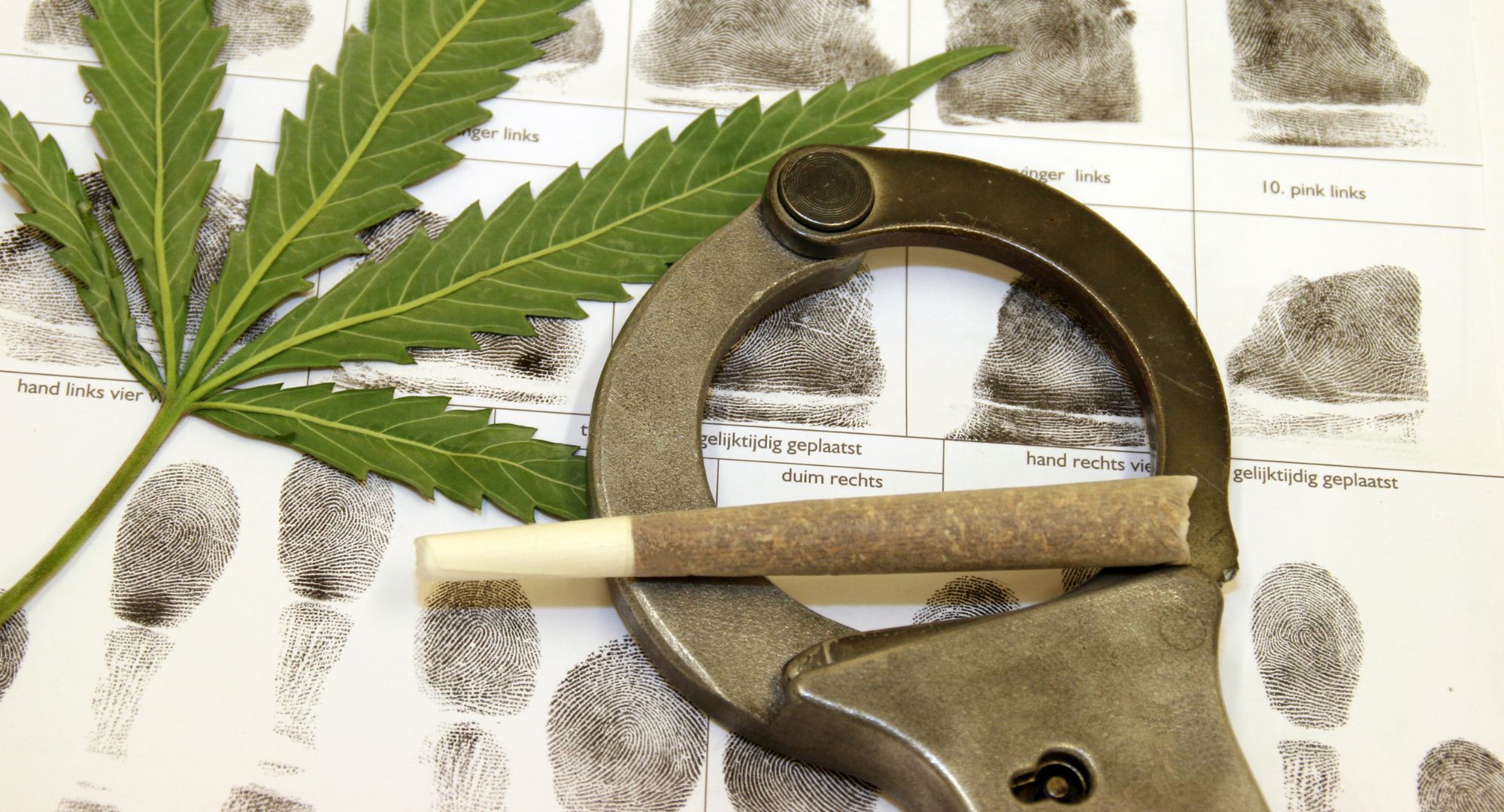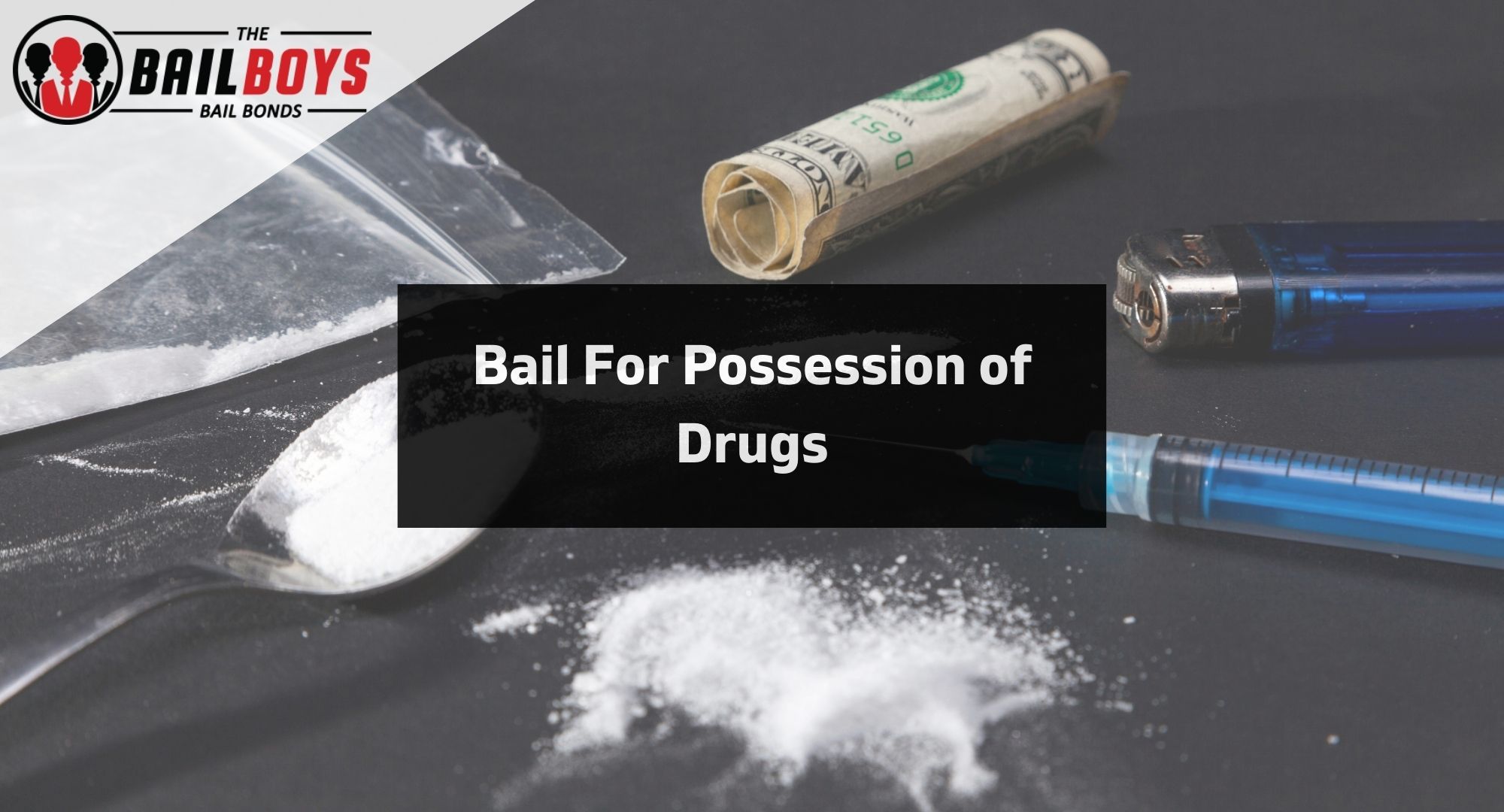
How Much Is Bail for Possession of Drugs?
Is someone you know facing drug possession charges in California? With over 25% of misdemeanor charges in the state being drug-related, it’s crucial to understand the bail process and associated costs. Being charged with drug possession means that the individual has been caught with an illegal or controlled substance that was not obtained through legal means. After an arrest, the defendant will be held in custody until their initial court appearance where the judge will set the amount of bail. The bail amount determines if the defendant will be released or remain in jail until their court date. Don’t navigate this complex process alone, read on for a comprehensive guide to bail for drug possession charges in California.
As a business that has been in the Bail Bonds industry for over 20 years, we understand how frightening and stressful it can be to learn that your loved one is in jail. It is why we are passionate for providing compassionate help for you and your loved one. Contact us now, let’s relieve you of the stress.
If you or someone you know needs help posting bail for someone arrested for possession of drugs in California, The Bail Boys offers the cheapest bail bonds throughout the state.
Bail Costs For Possession of Drugs
Wondering how much is bail for possession of drugs? The bail amount for drug possession charges varies and depends on several factors. The type of drug and the amount in possession can impact whether the charge is classified as a misdemeanor or a felony.
In Los Angeles County, the bail for a misdemeanor drug possession charge typically starts at $1,000, while for a drug trafficking charge, it can start at $10,000 or higher. Other factors that can impact the bail amount include the defendant’s prior criminal record, employment and financial status, and the circumstances of the crime. The judge may also consider the defendant’s reputation and ties to the community, as well as the likelihood of flight risk.
It is best to consult with an experienced bail bondsman for an accurate and up-to-date estimate of the bail amount in your specific case.
Bail for Drug Possession in California Based On Type of Possession
When determining how much is bail for possession of drugs, we need to look at what type of possession charge you are facing. There are three types of possession.
- Actual Possession – The first is actual possession, in which case police found drugs on the arrested party’s person.
- Constructive Possession – Constructive possession is when drugs are not on the arrested party, but somewhere nearby, like in your car. You have direct control over your car but are not actively holding it on your person.
- Joint Possession – Lastly, there is joint possession, when multiple people have actual or constructive possession of a drug. If you share drugs with someone, the other person can also be charged for possession even if the drugs weren’t theirs.
Proving Possession
To prove possession of an illegal or controlled substance, the prosecutor must prove that you having the drug was illegal, listed on the controlled substance list in the California Health and Safety Code, and that you knew you had it. They must also prove that you knew it was a drug and that there was a usable amount of it.
When prosecutors prove usable amounts, they don’t just look at whether there was enough of a controlled substance to get high. Instead, usable amounts refers to possessing enough of a drug to use it at all.
Possession With Intent to Distribute
There are a few standards to charge someone with the intent to distribute.
If there is evidence you are packaging drugs and have sales, you may be charged with intent to distribute. Large amounts of drugs and cash also point to the intent to distribute.
Intent to distribute often sees a worse punishment than simple possession.
Drug Trafficking Charges in California
Trafficking charges are more serious than intent to distribute and can occur depending on a few factors. It can easily lead to felony drug charges.
Trafficking includes transporting, selling, or giving drugs away. Usually, moving the drugs across state lines turns an intent to distribute charge into a trafficking charge. Transporting a controlling substance is moving drugs with the intent to sell them.
Going across state lines also makes things more serious. When you import or export drugs from California, your charges will turn into federal charges. The federal courts typically deliver much more severe punishments than state courts for trafficking charges.
California Drug Laws
Like all states, California has specific laws related to drug possession. Let’s look at a few below.
Marijuana
Marijuana is legal in California for recreational use, but it is still possible to get charged for possession of marijuana.
If you are under 21 and do not have a prescription for medicinal use, it is illegal to have marijuana. There are also limitations on how much you can have at once. More than one ounce for personal use will result in illegal possession charges. Possessing over 8 grams of concentrated cannabis will also lead to charges.
It is illegal to sell marijuana without a license, but you can legally give marijuana to someone as a gift if there is no exchange of money for it. Selling to minors is illegal under any circumstance, but if someone is above 18 and can legally buy it for medicinal use, it is legal to sell to them.
Opioids
Opiates are restricted drugs and therefore heavily controlled substances. While it is legal to have opiates such as painkillers with a prescription, possessing opiates without a prescription is illegal. Other forms of opiates, such as heroin, are also illegal.
Amphetamines
Amphetamines can vary from illegal substances like methamphetamine to prescription drugs like Adderall. Possessing prescription drugs without a prescription could lead to jail time.
Final Thoughts
The bail amount for drug possession charges varies and can be influenced by a range of factors, including the type and amount of drug, the defendant’s criminal record, employment and financial status, and the circumstances of the crime. Understanding these factors and seeking the advice of an experienced bail bondsman can provide valuable insight into what to expect in terms of bail and the bail bonds process.
The punishments for possession, intent to distribute, and trafficking often include jail time and fees of varying magnitudes. If you’re still wondering how much is bail possession for drugs, The Bail Boys can provide compassionate help at any time of day. Call us today at (800) 798-7366.
